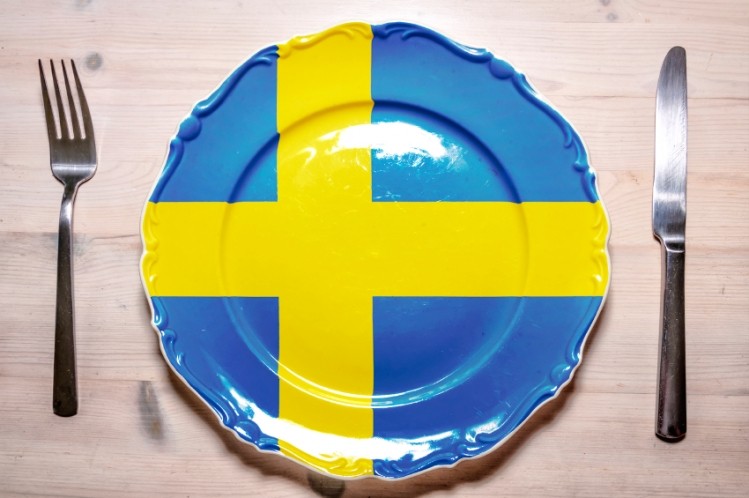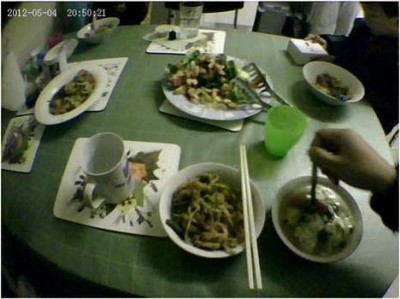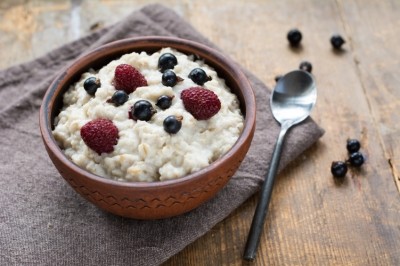What the Swedish eat: 1740-strong dietary survey

Researchers from the Uppsala University in Sweden and the Swedish National Food Agency along with the Harvard T.H. Chan School of Public Health and Simmons College in the US looked at data from the national dietary survey 'Riksmaten adults 2010–11', which included 952 women and 788 men.
They found the male and female adults could be split into two major patterns: a ‘healthy dietary pattern’ or a ‘Swedish traditional pattern’.
For women they also found a third major dietary pattern they named the ‘light-meal pattern’.
The health dietary pattern consisted of vegetables, fruits, fish and seafood and vegetable oils and limited refined bread and fast food. People eating this diet tended to have good intakes of dietary fibre, omega-3, folate, vitamin D and selenium.
The Swedish traditional pattern was characterised by potatoes, meat and processed meat, full-fat milk products, sweet bakery products, sweet condiments and margarine.
The light-meal pattern was heavy on fibre-rich bread, cheese, rice, pasta and food grain dishes, margarine, sweets and candies, snacks, tea as well as substitute products for meat and dairy like soya and oat milk, soya, tofu and Quorn products.
These women did not consume a lot of potatoes or coffee however.
Both the traditional Swedish and light-meal pattern were associated with higher added sugar intakes and the traditional Swedish diet with higher saturated fatty acid intake.
The Swedish traditional pattern was associated with lower nutrient density of iron, selenium and folate and also dietary fibre in men. The nutrient profile of the light-meal pattern was also "less favourable", with lower intakes of iron, selenium, folate and vitamin D.
Published in the British Journal of Nutrition, the researchers said the results showed that the modern Swedish diet was largely healthy and of good nutrient quality, however traditional Swedish food habits were still important.
Commenting on the significance of the findings, they wrote: “The non-communicable diseases burdening public health today are complex diseases that are generally not explained by a single biological mechanism, food or nutrient, but an aetiology including nutrition and lifestyle in a more complex context (of genetic background, etc.).Food patterns and hence the whole diet should be scrutinised for opportunities to change towards a more healthy entity.”
You eat what you are?
Among women, the healthy pattern was positively associated with education and income.
Men and women with high healthy pattern scores were older, less likely to smoke and more likely to be physically active in their spare time.
Meanwhile, the Swedish traditional pattern was associated with people with lower education in rural areas as well as older age in both men and women. In men alone this diet was associated with less spare-time physical activity.
Those with high light-meal pattern scores were more likely to be younger non-smokers living in urban areas with a higher education and a lower BMI (body mass index).
Source: British Journal of Nutrition
Published online ahead of print, doi:10.1017/S0007114515004110
“Dietary patterns in Swedish adults; results from a national dietary survey”
Authors: E. Ax, E. Warensjö Lemming, W. Becker, A. Andersson, A. Karin Lindroos, T. Cederholm, P. Sjögren and T. T. Fung

























